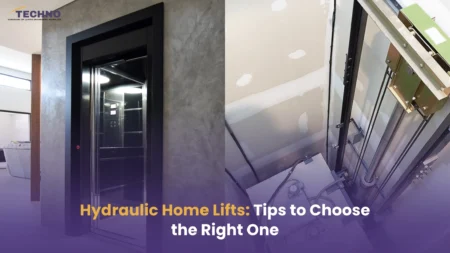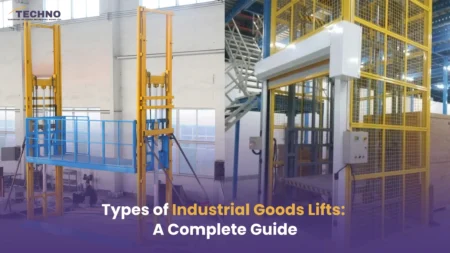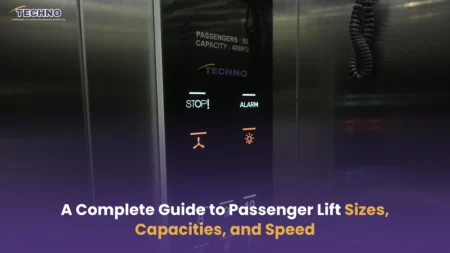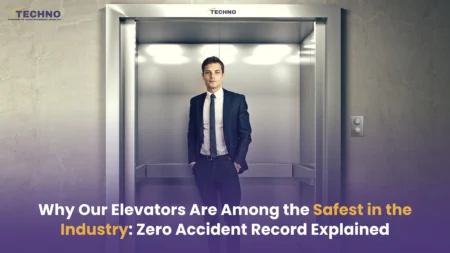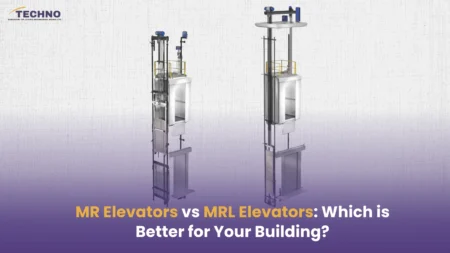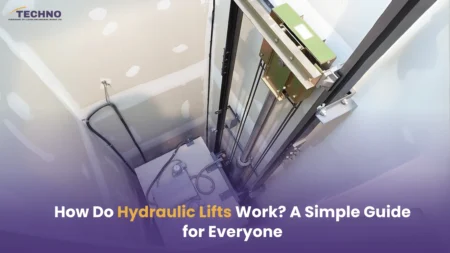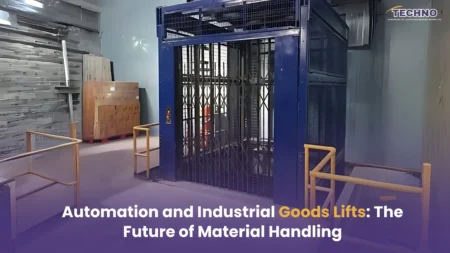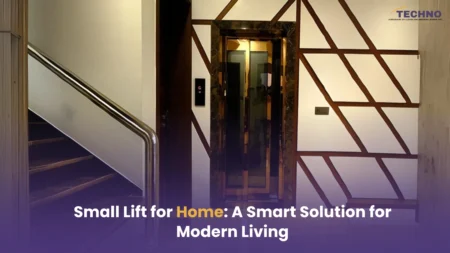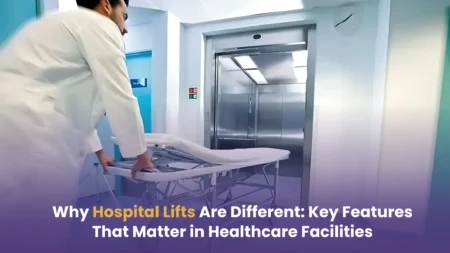Modern buildings require a modern elevator system. Elevator modernization enhances functionality, ensuring smoother rides and reducing downtime.
Adhering to new rules and integrating cutting-edge security measures, also improves safety. A modernized elevator also significantly increases the value of your property by enhancing its efficiency and beauty.
Consider 8 important if you want to get the most out of your renovation. Each is essential to maximizing the long-term advantages of your elevator system.
8 Factors to Consider While Elevator Modernization
1. Budget
When planning an elevator upgrade, understanding the elevator upgrade cost is essential. Start by assessing the total cost, including materials, labor, and new technology. Modern components like energy-efficient systems or smart controls may increase upfront expenses but offer long-term savings. The complexity of the installation can affect labor expenses.
Return on investment (ROI) evaluation is equally important. Upgrades can reduce maintenance costs by replacing outdated, high-maintenance components.
A modern elevator system improves building value and appeal, which benefits property owners. Investing wisely in upgrades ensures better performance and long-term financial benefits.
2. Energy Efficiency
Upgrading to energy-efficient elevators is a smart choice for any building. These systems use advanced technologies like regenerative drives and LED lighting. During operation, regenerative drives harvest energy and return it to the building’s power supply. Compared to conventional bulbs, LED lighting is more energy-efficient and lasts longer.
The benefits are clear. Energy-efficient elevators reduce electricity costs. They also lower your building’s carbon footprint, helping sustainability goals.
For example, a commercial building in New York used regenerative drives and cut energy use by 25%. This saved money and improved the building’s green rating.
3. Advanced Technology
Embracing smart elevator technology can greatly improve your building’s efficiency. Modern elevators now feature touchless controls, allowing users to operate them without physical contact. This enhances convenience and hygiene. IoT-enabled systems are another key advancement. They connect elevators to a network, enabling real-time data sharing and monitoring.
Automation brings significant benefits. Predictive maintenance uses data to identify potential issues before they cause downtime. This reduces repair costs and ensures smooth operation.
AI-driven systems and even more sophisticated automation are anticipated future developments in smart elevator technology. Elevators will become faster, safer, and more effective thanks to these advancements.
4. Safety and Compliance
When it comes to updating your elevator system, safety and compliance are essential. Your elevator will comply with the most recent rules if you follow contemporary safety standards. Including elements that enable passengers to call assistance in an emergency, such as emergency communication systems, is part of this.
Upgrading to meet building codes is not just about following the law. It’s about providing a safe environment for everyone. Regulations may require new safety features, such as fire-resistant materials or automatic rescue devices.
Advanced features, like door sensors and weight limit monitors, also enhance passenger safety. These technologies help prevent accidents and improve reliability. Ensuring your elevator meets current safety standards keeps your building secure and protects its occupants.
5. Design and Aesthetics
Elevator modernization helps improve the look of your building. The elevator design should match the building’s style for a smooth, cohesive feel.
Modern finishes, stylish lighting, and sleek cabin designs can make the elevator stand out. Options like glass walls, polished metal, and soft lighting add a modern touch.
A good-looking elevator makes tenants happy and improves the building’s image. A well-designed elevator creates a positive experience and leaves a lasting impression on both visitors and tenants.
6. Performance and Reliability
Upgrading your elevator system can greatly improve its performance and reliability. One key upgrade is enhancing speed, which helps passengers get to their floors faster. This is especially important in high-traffic buildings where waiting times can be a concern.
Ride comfort is also a priority. Smooth, quiet operation improves the overall experience for passengers. Upgrades to the control system and suspension can make the ride more comfortable.
Reducing downtime is another important benefit. Upgrades help identify and fix issues before they cause long delays. This ensures that the elevator is always ready when you need it.
7. Future-proofing
Future-proofing your elevator system ensures it can adapt to future needs. Upgrading with scalability in mind allows for easy expansion. It’s also important to ensure your system is compatible with emerging smart building technologies.
This keeps your elevator ready for future advancements. A future-ready system provides long-term benefits, like improved efficiency and reduced upgrade costs, making your building more adaptable and valuable in the years to come.
8. User Experience
The most important factor is user experience. With the continuous upgrades and modernization, you need to make your elevator system more personalized. Enhance the user experience with different innovations and make your passengers feel more comfortable.
Conclusion
Elevator modernization improves safety, efficiency, and building value. You can make sure your system satisfies contemporary requirements by concentrating on elements like cost, energy efficiency, technology, and user experience.
Upgrading reduces long-term expenses, improves performance, and raises tenant satisfaction. For real estate owners, it’s a wise investment.
Techno Elevators is recognized as the Best Elevator Company in India, offering Brand New lift solutions with superior performance.
With a focus on safety and advanced technology, we redefine vertical transportation across the nation.


